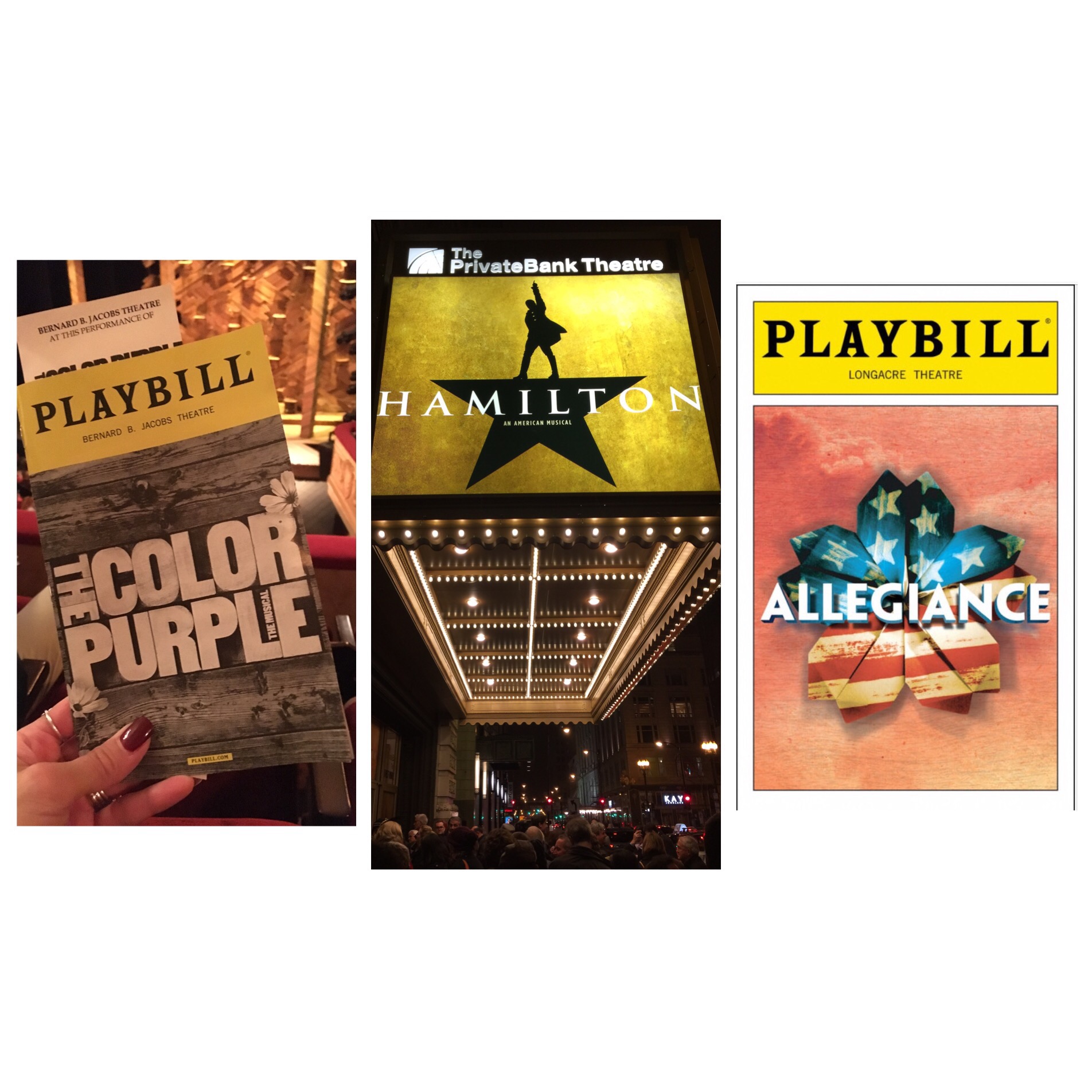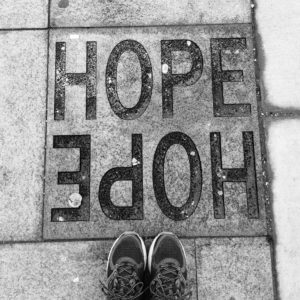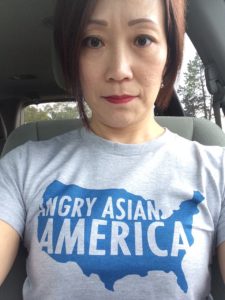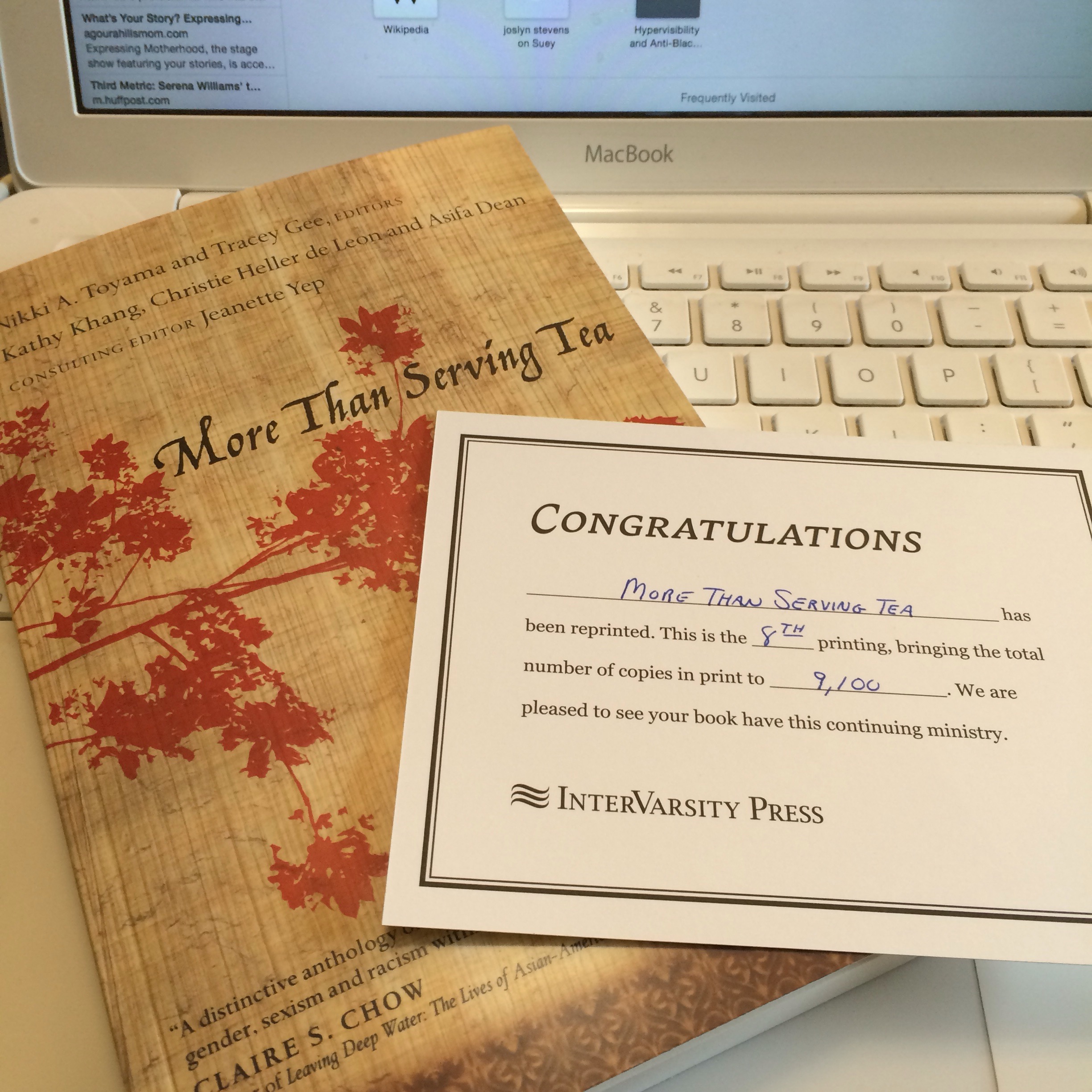It’s Holy Week. I am a Christian, an evangelical, no less, and this season is the holiest of seasons. I grew up with Palm Sunday and fasting on Good Friday. It is a week of triumphant entrances, anointing, betrayal, friendship, communion, and mourning.
I feel like I was pushed out of the palm branches a little too soon. Watching the video of law enforcement agents dragging Dr. David Dao off of a United Airlines flight from Chicago to Kentucky rattled me. It was violent. It also was painful to watch the video and see so many white passengers seated with their seatbelts buckled. Sure, folks whipped out their phones so thankfully there are videos from multiple angles, and we all know the importance of visual evidence even when it doesn’t actually result in criminal charges. However, it was deeply unsettling to watch the inaction. It was proof that no matter what we say about injustice or violence, obeying equates survival. I suppose that is why some of the people who welcomed Jesus into the city of Jerusalem would later demand he be killed or be absent days later at the crucifixion. I have seen posts from people of all races and ethnicities saying that passengers did the right thing Sunday by staying seated and that Dao should have complied. Everyone who did nothing made it out alive, but at what cost?
What is more difficult for me to process right now is the execution and murder of Karen Elaine Smith, 53, and Jonathan Martinez, 8, on Monday at North Park Elementary School, San Bernardino. The news brought me fully into mourning.
Smith was gunned down by her estranged husband who entered the school armed. He walked into the classroom for special needs children after following school protocol (aka following and obeying the rules) and opened fire at Smith. Martinez and another student also were shot because they were standing behind Smith, their teacher.
We may never know why the students were where they were, but I will tell you my mind went straight to protection mode. She was near her students because that is what teachers do – stand near students, and when that man she recognized walked in with a gun she and the kids did what instinct tells them to do – she shields the kids nearest to her and they stay close to her or take cover. That’s the scenario that plays out in my mind because this has happened before. This scenario has happened before.
Again, we may never know exactly what happened in the classroom of 15 children with special needs or how the 500 students and their students will ever recover from the terror. I just know that the parents and families of those children, of every child in that school, and of every employee of that school started Monday believing in some degree of safety and normalcy.
This isn’t a normal week. It’s Holy Week.
I wanted to I felt like ducking for cover because the primary story Tuesday is about Dr. Dao and as an Asian American who has documented her own travel wins and woes on social media I completely understand why people would assume I care about the story. I care.
But right now, I also care about Karen Elaine Smith and Jonathan Martinez. I’m a woman of color. I’m a mother. I have children who right now are at school in a building that added a new, costly layer of security – front doors are locked, admittance gained via camera and a buzzer into the first vestibule, entry gained into the main building after identification is checked, etc. I have a child on the verge of adulthood in another city. I am also a woman who in college was in an abusive relationship. I am no statistician but I’m going to guess My Dear Readers that you are more likely to know a victim of domestic abuse than a victim of violence on an airplane.
The violence that was recorded on cellphones and shared on social media matters, and quite frankly it is DOMINATING my social media feeds. However, the violence that happened in that classroom and perhaps the violence and abuse that happened behind happy Facebook posts also matters. It matters that the narrative is the murdered walked into a school armed because this country now has a secretary of education who will not go on the record about banning guns from schools (Google “grizzly bears” if you are confused). It matters because they are connected. If the rule “every person for herself” stands as it did on the airplane, then we really aren’t going to do squat about domestic violence if it doesn’t impact us personally. We aren’t going to do squat about gun control until someone we know personally is killed because someone who shouldn’t have had a gun or a stockpile of guns gets caught with said gun(s). We aren’t actually going to do squat except post things and sit in our seats.
We may wave our palm branches on Sunday but we will be absent by Friday. I don’t want to be absent. I want to be like the three brave women who kept watch over Jesus on the cross. I want to be like Mary Magdalene, Mary the mother of James and Joseph, and Salome who witnessed the injustice and then went to work. In the wise words of my friend Donnell Wyche, “I want to be present.” I want to be present.
So what can you do?
- Educate yourself. Read about gun control and local ordinances regarding open/concealed carry. Ask your neighbors, friends, parents of the children your kids hang out with whether or not they have guns in their home, if the guns are locked, etc. You might be surprised. Let’s hope not.
- Educate yourself. Learn about domestic violence. Learn about the signs, the questions, the support systems in your community, church, etc. Don’t blame the victim.
- Decide if this is one of the issues that you care enough about to prioritize in your life. Is this something you want to give your time to? Money to? Expertise to? What are the options? Volunteering? Serve on a board? Raise awareness? Some combination?
- Practice a script. What you will say to the children and young people in your life the next time there is a public shooting or act of violence. My children are older (15, 17, and 21) so they are watching the news and sometimes aware of things before we are. We talk about facts. We answer questions. We do not tell them not to worry, but we do walk through what they are worried about and address their fears, concerns, and questions.
- Practice a script. Do you know the signs of an abusive relationship? Do you know how to ask a friend about her relationship? Do you have the courage to ask? What kind of help can you offer? What resources would she need to get out and stay out of an abusive relationship and be safe? Maybe that is too far-fetched for you to imagine. I get it. How about if you see someone in public being verbally abused?
- Make eye contact with the victim, and, if you can, put yourself physically in between the perpetrator and the victim. Talk with the victim.
- Try to make eye contact with others in the area to see if they also will get involved and diffuse the situation.
- Don’t engage the perpetrator.
- Practice a script. I will be the first to admit that in the case of armed law enforcement showing up like they did on the airplane, I’m not sure what “the best” course of action is because guns, violence against POC, etc. makes for a complicated situation. However, you can still practice.
- It’s a good think people knew enough to whip out their cellphones, so let’s start with that. Know your damn phone works so you can, on a moment’s notice, whip out that phone and start recording.
- Practice what you would say as you are recording said incident. Booing is fine. Narrating what you see while asking for names of LEA, recording badge numbers (if you’re on a plane you know you are THAT close to people), the time, flight number, location, etc. is better. Is there any way to engage the victim? Ask her/him, “Are you OK? Have you been injured? What is your name?”
- Practice what you would do and say. My kickboxing instructor would call this “muscle memory” – repeating actions so that your body remembers the combinations so that they come instinctively. Jab, cross, cross, upper cut, upper cut, knee, roundhouse. My friend Nicole Morgan came up with the following:
This is turning out to be quite a Holy Week. I suppose that is the point. My Dear Readers, let us walk gently with one another this week. I don’t want to rush to Sunday. There are lessons I need to learn along the way. I have the script. We have a script. Let’s be present.





